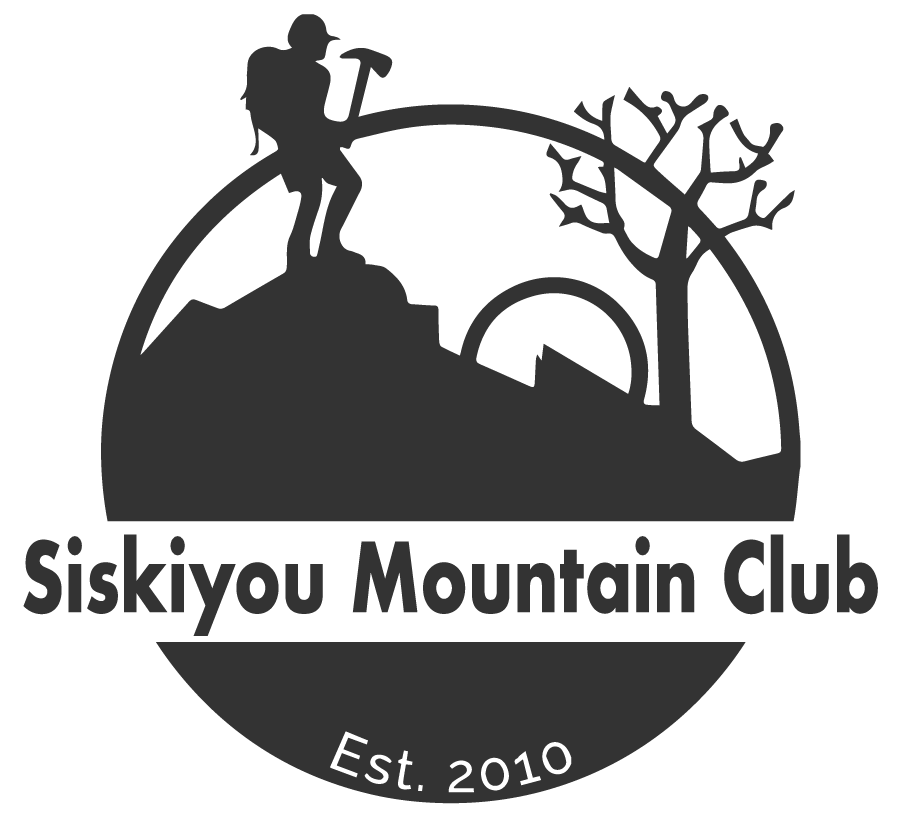A revised journal from August 2012
by Gabe Howe
16 August 2012 | Kalmiopsis Wilderness Area, Slide Creek — Most come here and see the old. They look through these sun-bleached snags, through time, into an old conifer forest, which once shaded this god-forsaken land just enough to make it barely tolerable. It is no longer tolerable, at least not to most.
And so they weep. Because the forest is gone, the shade is gone. The coniferous paradise has been christened into this new, hot millennium. They feel nostalgic, longing for that 20th-century style veneer of stability.
This forest represents a new day in age, and I believe is on the cutting edge of climate change. These lowdown conifer forests have overnight transformed into hardwood fields. The slopes are cankerous sores of tanoak, madrone. And knobcone pine.
The Kalmiopsis is often called a laboratory. Rightfully so. This ecosystem is a metaphor for the new world — hot, congested, competitive. Life in this microcosm of geology follows a different model than in the fairy-tale, nutrient rich forests found throughout the rest of Oregon.
Here in the “K-Hole,” success is measured by how little an organism can live off of, not how much it can consume. And soon those old sun-bleached conifers will fall, too, and there will be far less reminders of the old.
They’ll fall right into the trail.

